For more than 100
years, mainstream Hollywood movies largely shunned gay
subjects, which were either disregarded, closeted, or dealt
with by independent filmmakers. But in 2005
Brokeback Mountain, the story of two
cowboys in love, broke big at box offices and earned
eight Oscar nominations, including best film. It was a hit,
and Hollywood loves a hit.
"Gay people are
now living more honest and open lives, and that leads
to others wanting to know more about our lives," said Neil
Giuliano, president of the Gay and Lesbian Alliance
Against Defamation. "People want this product, and we
can provide it in a compelling and powerful way that
can be profitable."
Historians and
experts divide Hollywood's portrayal of gay life into
three periods: years before the early 1930s production code,
self-censorship under the code until the late 1960s, and the
years since then as gays and lesbians have been slowly
accepted into mainstream culture. The production code,
also known as the Hays Code, was devised by a
forerunner of today's Motion Picture Association of America
and was strictly enforced by Hollywood's major studios
starting around 1934. It set out general guidelines
specifying that no film would lower moral standards of
an audience member and included warnings against nudity and
positive portrayals of crime and illicit sex.
Before the code,
historians said movies showed few depictions of gays or
lesbians because they largely kept to themselves and were
ignored by mainstream society. As a result, the movies
also set them aside, reflecting the culture of the
day. "It was not so much keeping a secret. It was more
like, 'How could you write about something that wasn't
being written about?"' said William Mann, author of
Behind the Screen: How Gays and Lesbians Shaped
Hollywood 1910-1969.
Although the
production code did not allow portrayals of gay life, some
male roles were often built around effeminate personality
traits. By association, the characters were deemed
homosexual, although such a distinction was never
talked about, said Jonathan Kuntz of the film and
television school at the University of California, Los
Angeles. Some actors, such as Franklin Pangborn,
enjoyed careers playing effeminate men, and closeted
homosexuals like Rock Hudson could live in privacy and
still take heterosexual roles. "Sexuality is overtly talked
about now but wasn't really in those days," said
Robert Osborne, author of 75 Years of Oscar: The Official
History of the Academy Awards.
The sexual
revolution of late 1960s brought an end to the production
code, and in 1969's Midnight Cowboy the
relationship between Joe Buck (Jon Voight) and Enrico
"Ratso" Rizzo (Dustin Hoffman) was widely considered a
love affair, although the two never had sex on screen,
as do the cowhands of Brokeback. Midnight
Cowboy became a box-office hit and won the best film
Oscar, but what followed were film flops such as
1982's Making Love , which made "gay film" sound like "money
loser" to mainstream Hollywood. As a result, gay stories
were fodder for independent filmmakers and art-house
cinemas.
In 1993
Philadelphia starred Tom Hanks as a gay man,
won Oscars, and earned $206 million worldwide, but it was
largely seen as an AIDS movie, not a gay film. In the late
1990s gay television shows such as Will &
Grace and TV stars like Ellen DeGeneres helped
mainstream Hollywood get to a point where it could
promote a film such as Brokeback, the experts said.
Now they expect the major studios to be more accepting
of gay stories and screenplays. "I don't know if we're
going to see any $200 million movies built around a
gay character, but certainly this will spark other films,"
Kuntz said. (Bob Tourtellotte, Reuters)



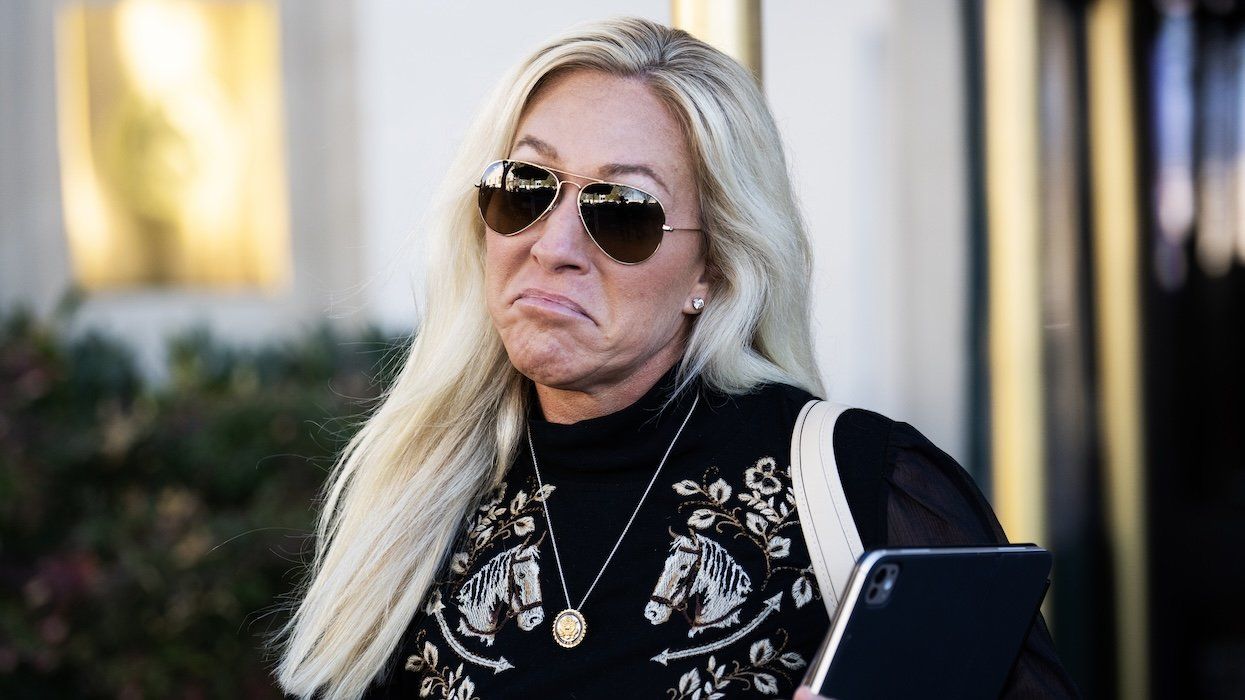
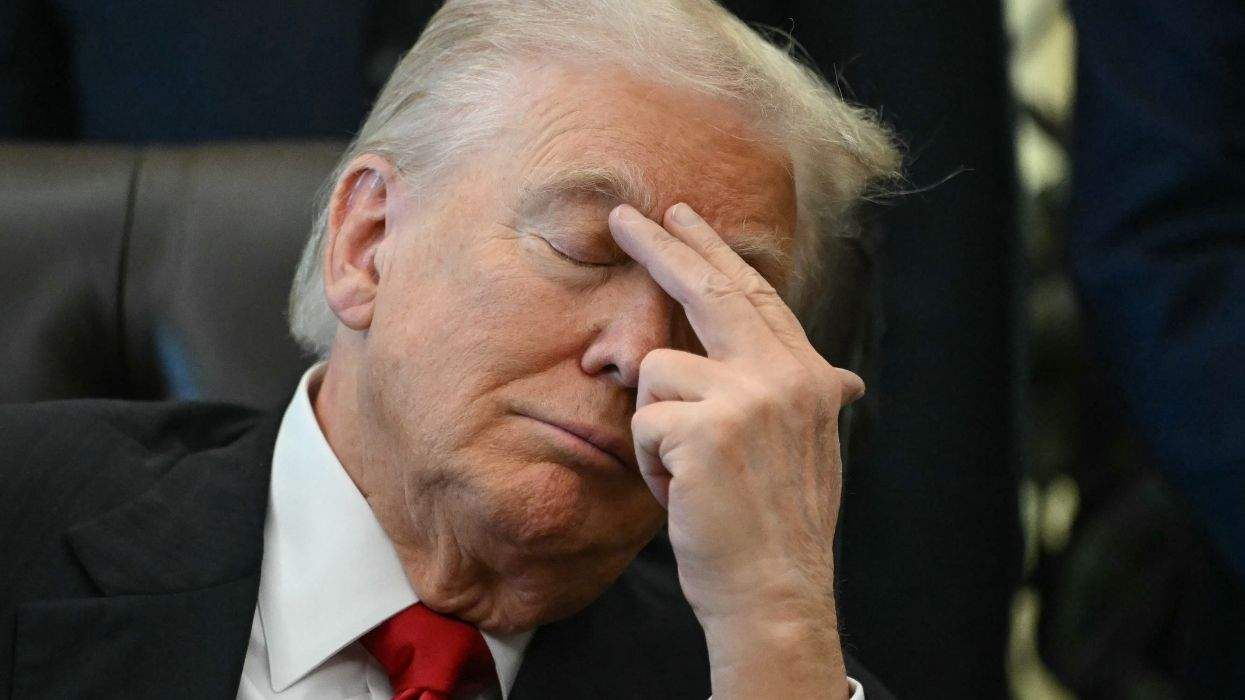
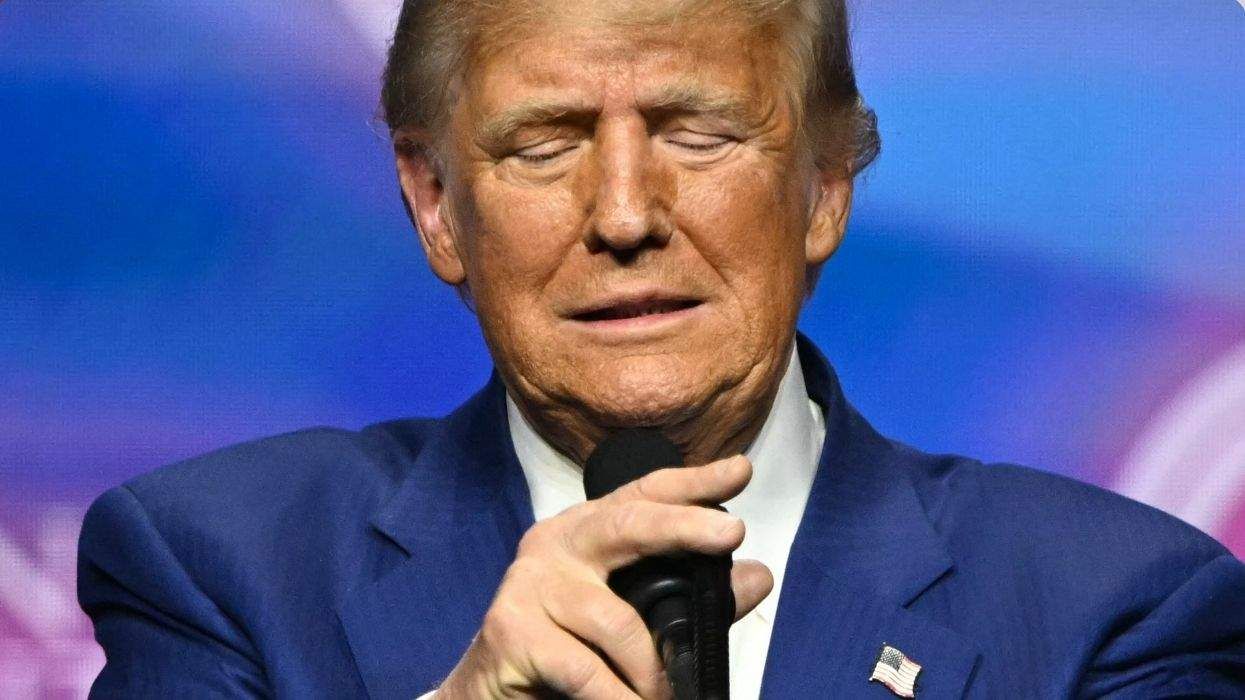
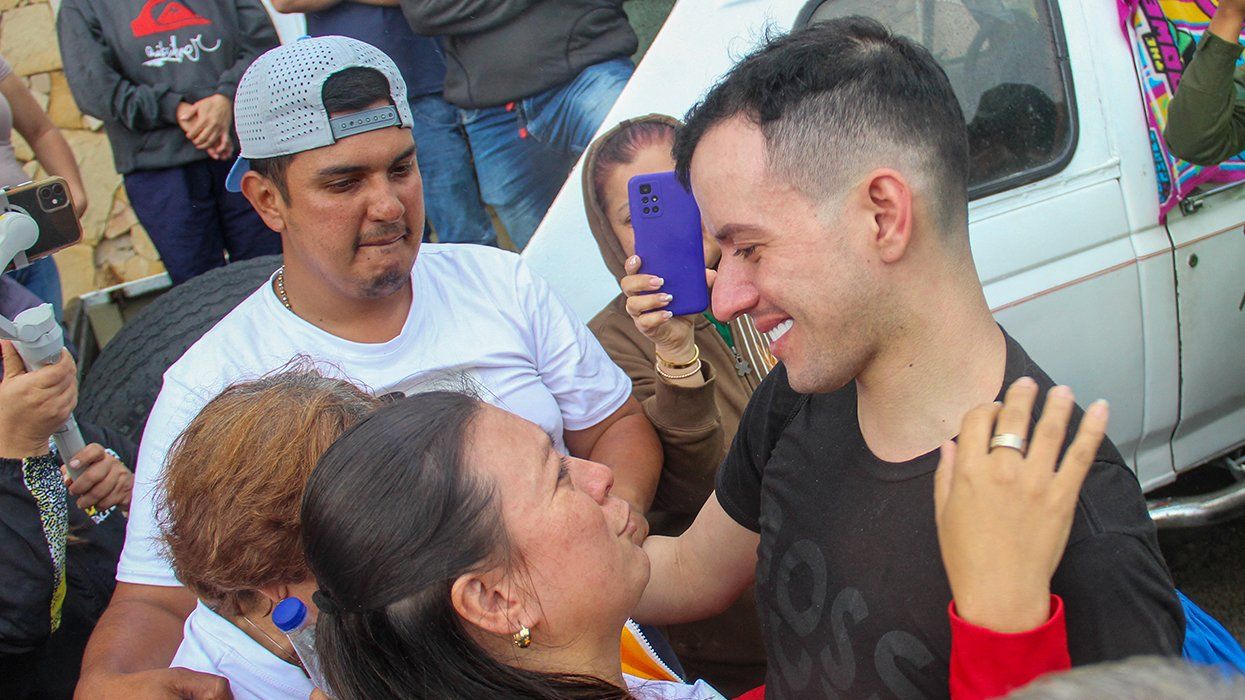
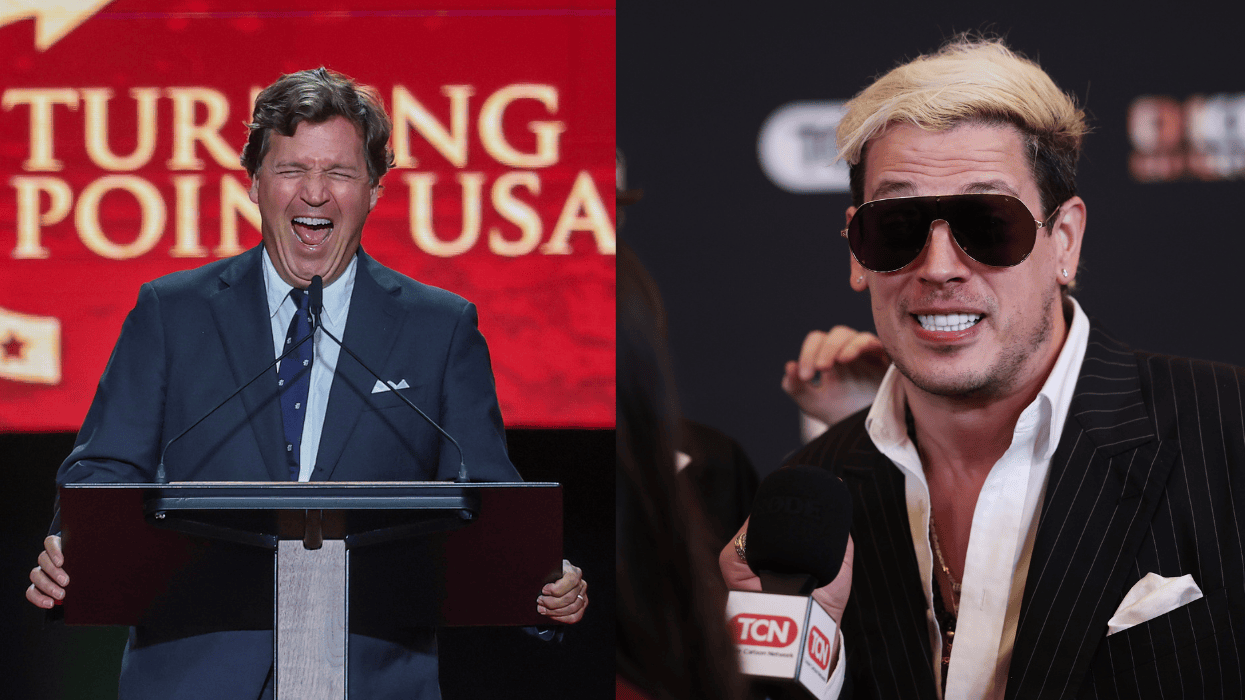
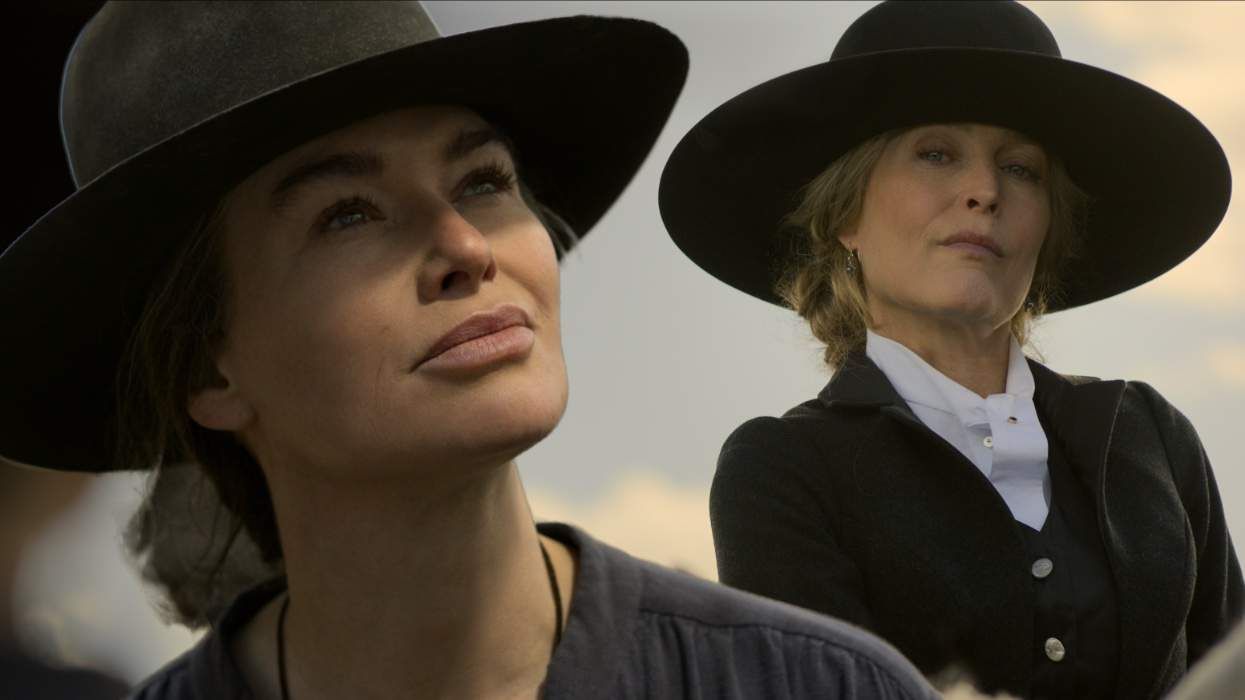
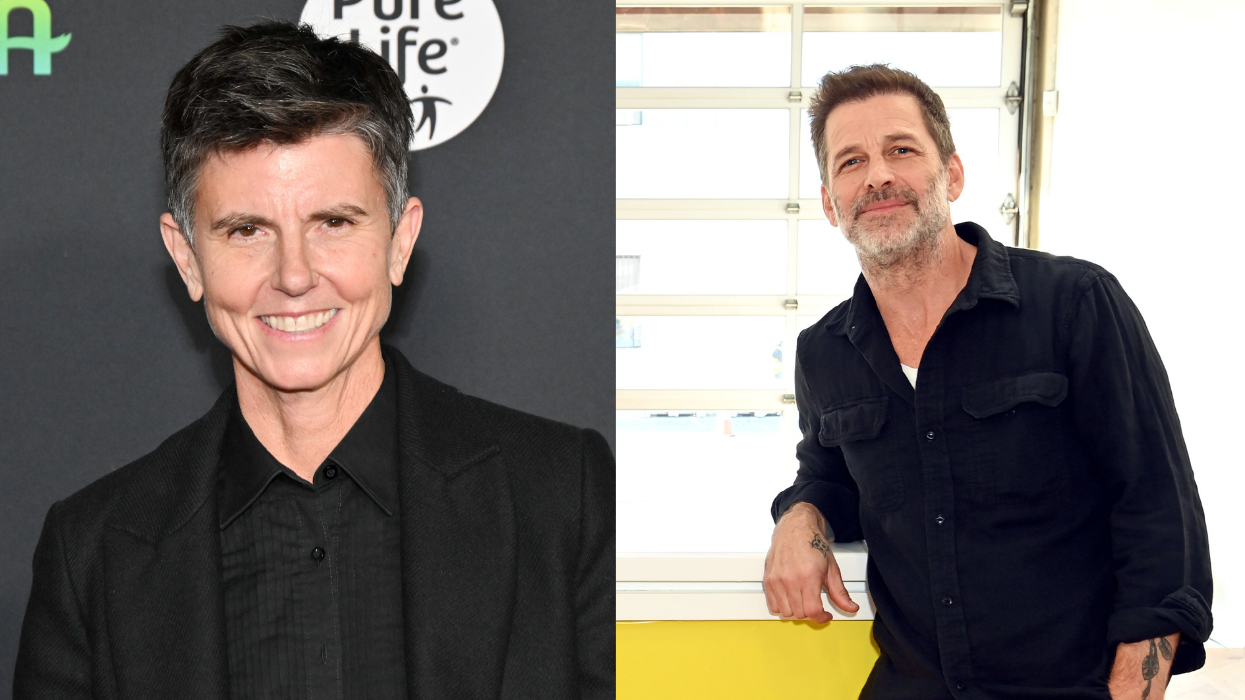


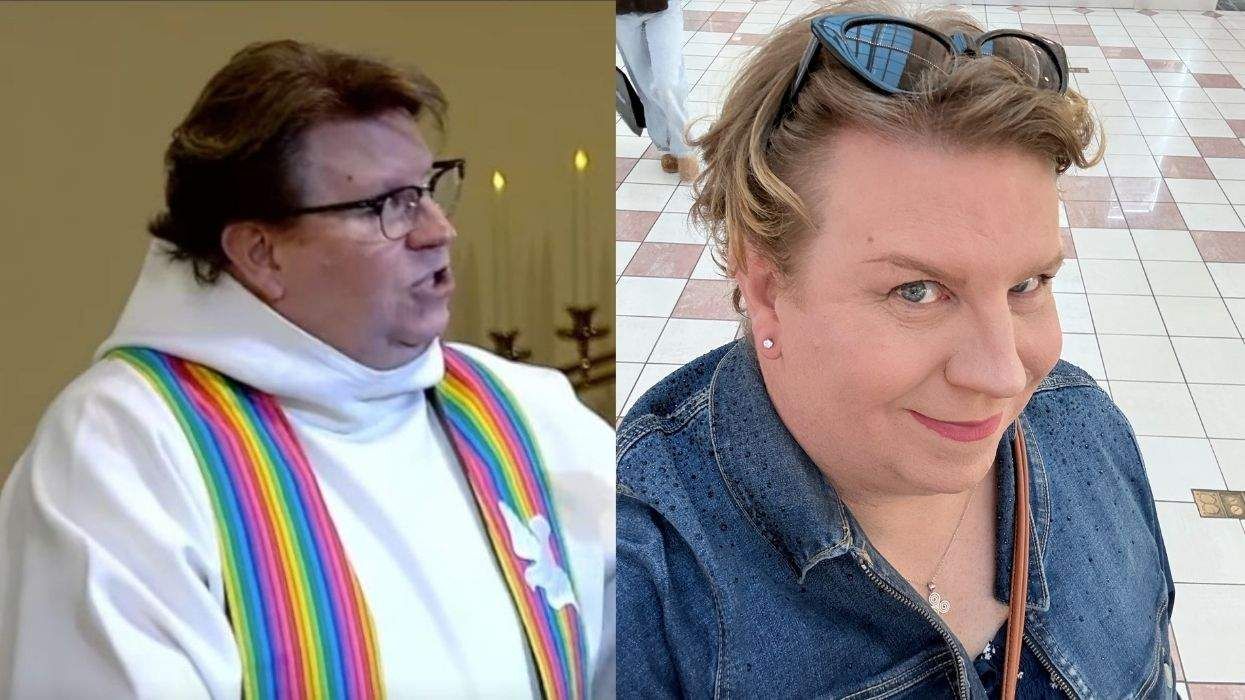

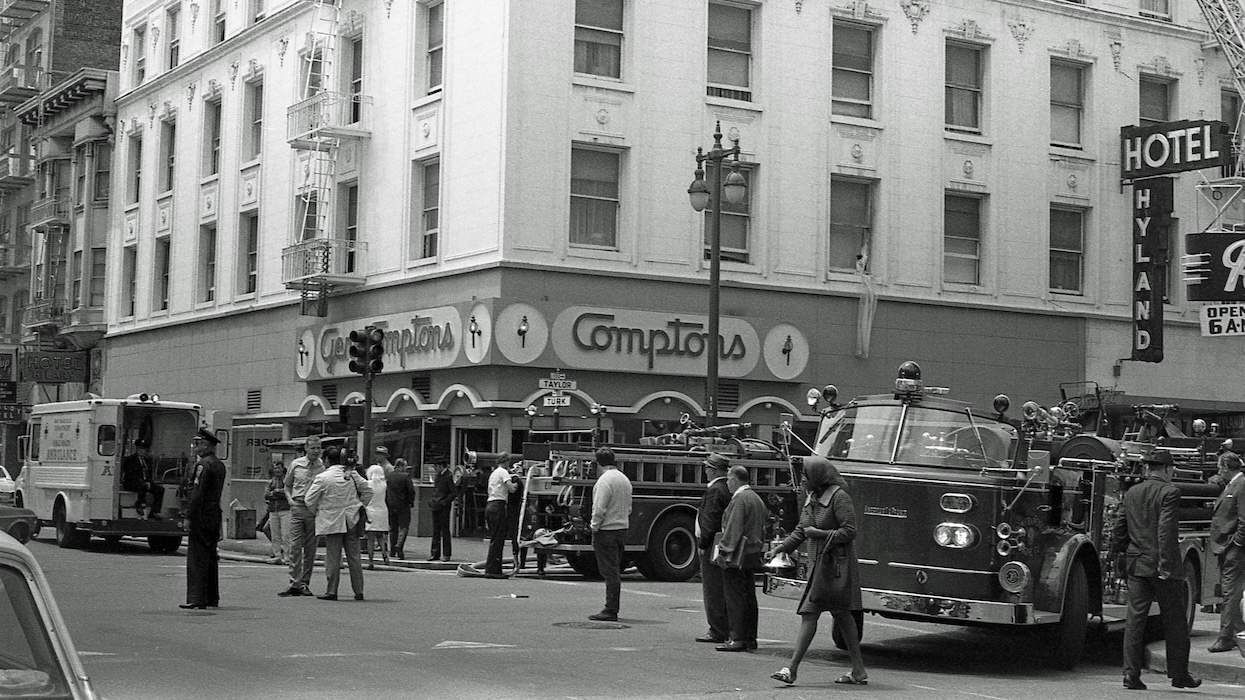
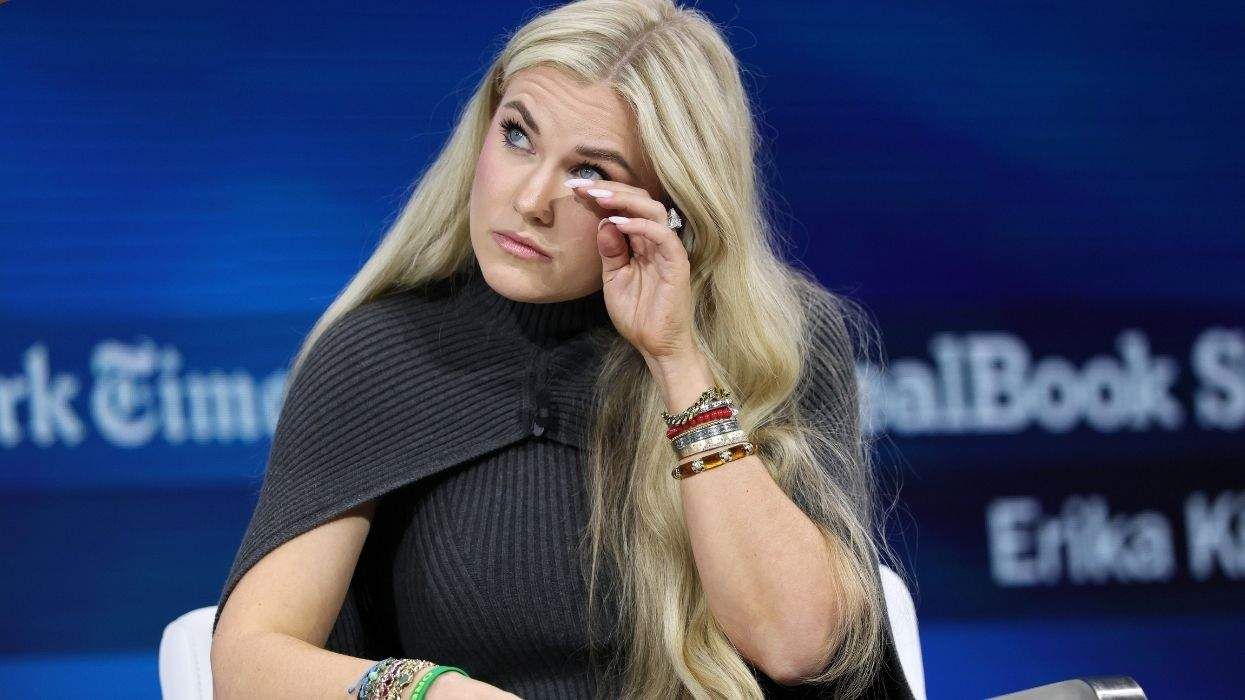
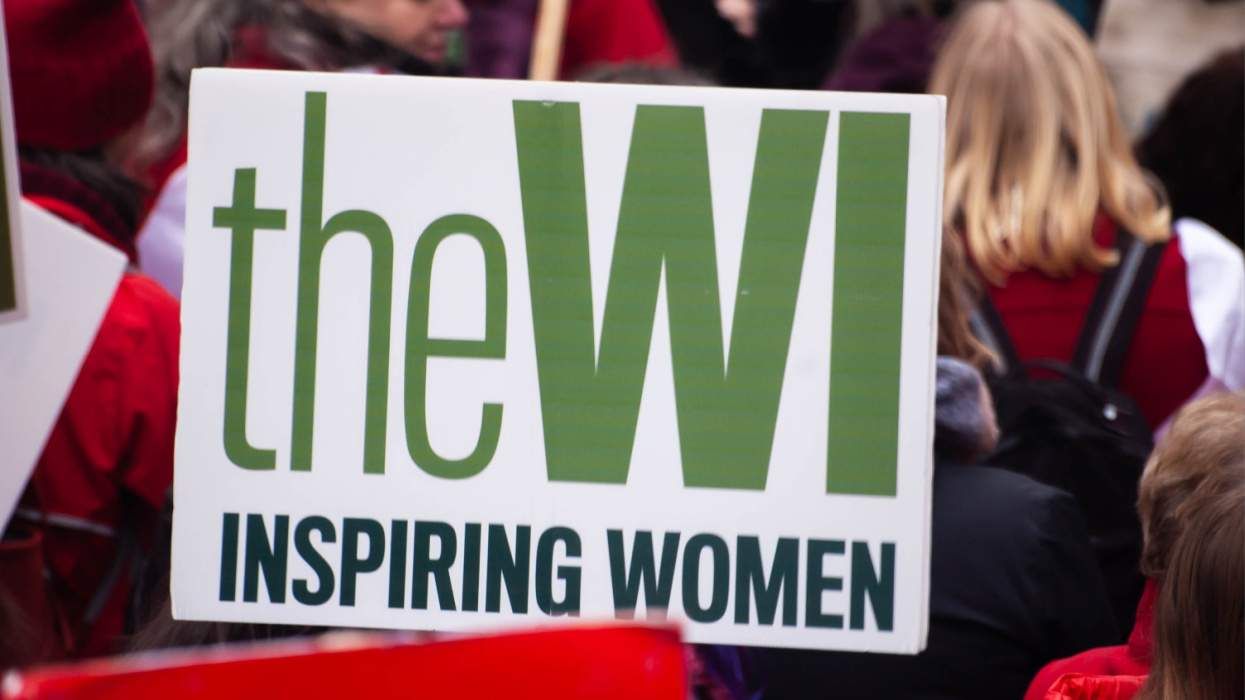
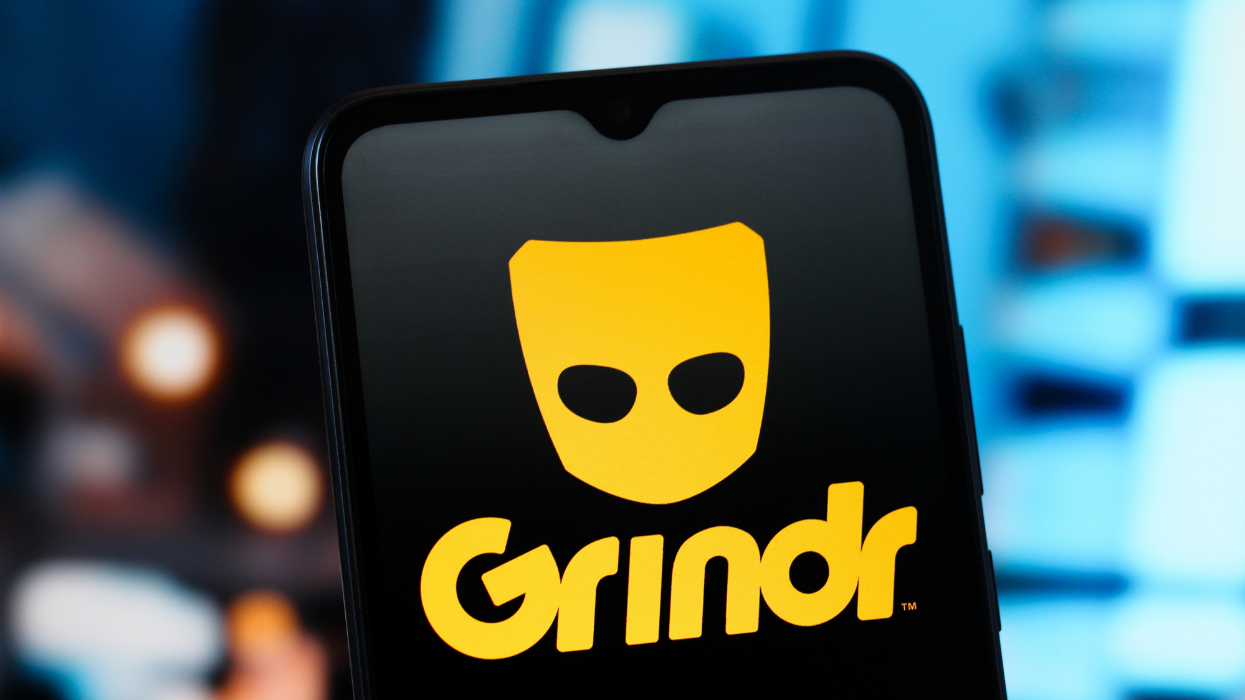
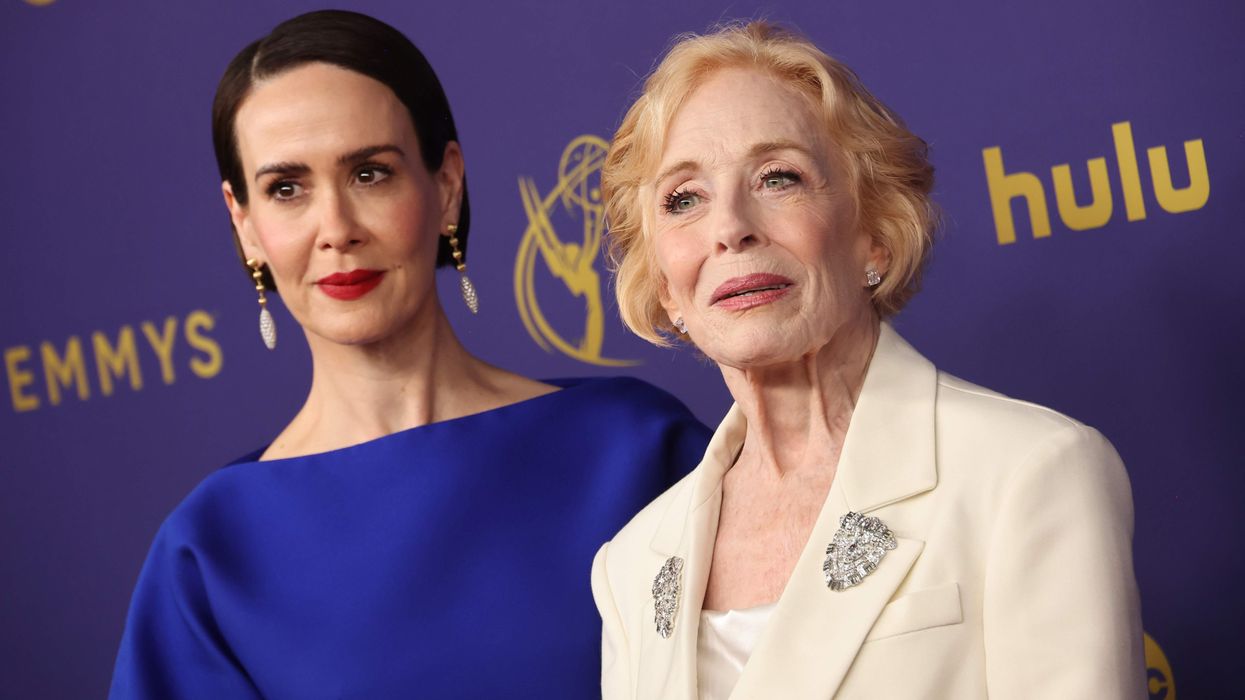
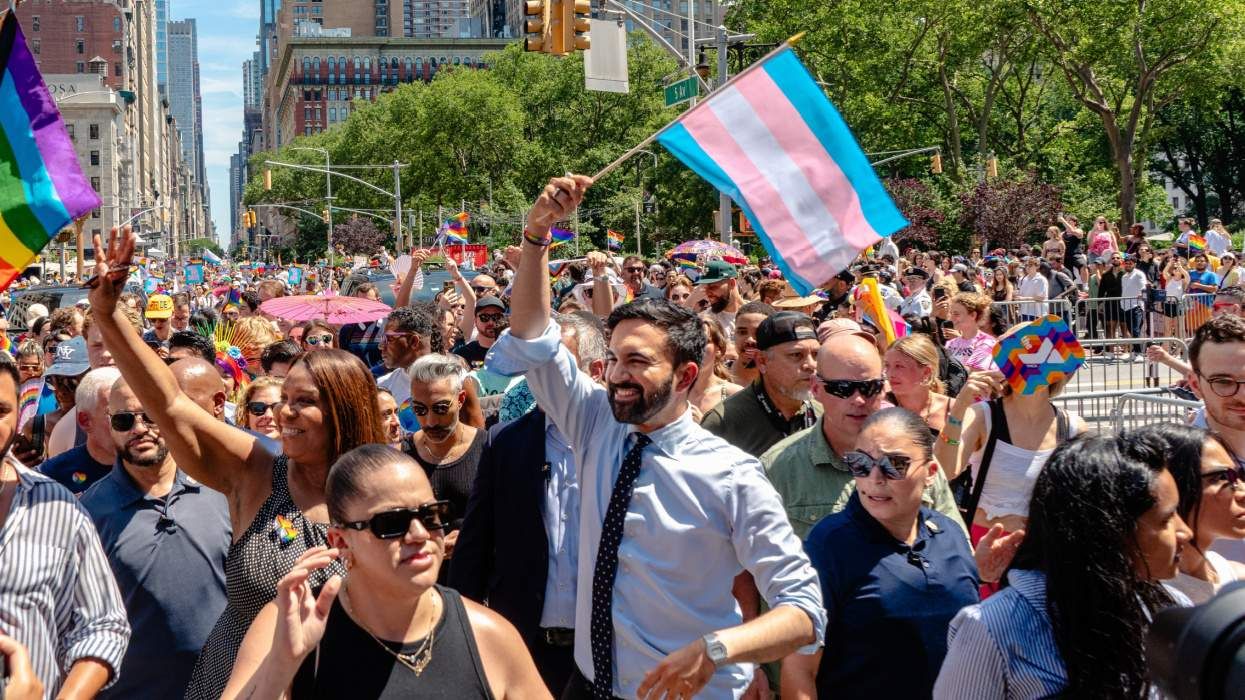
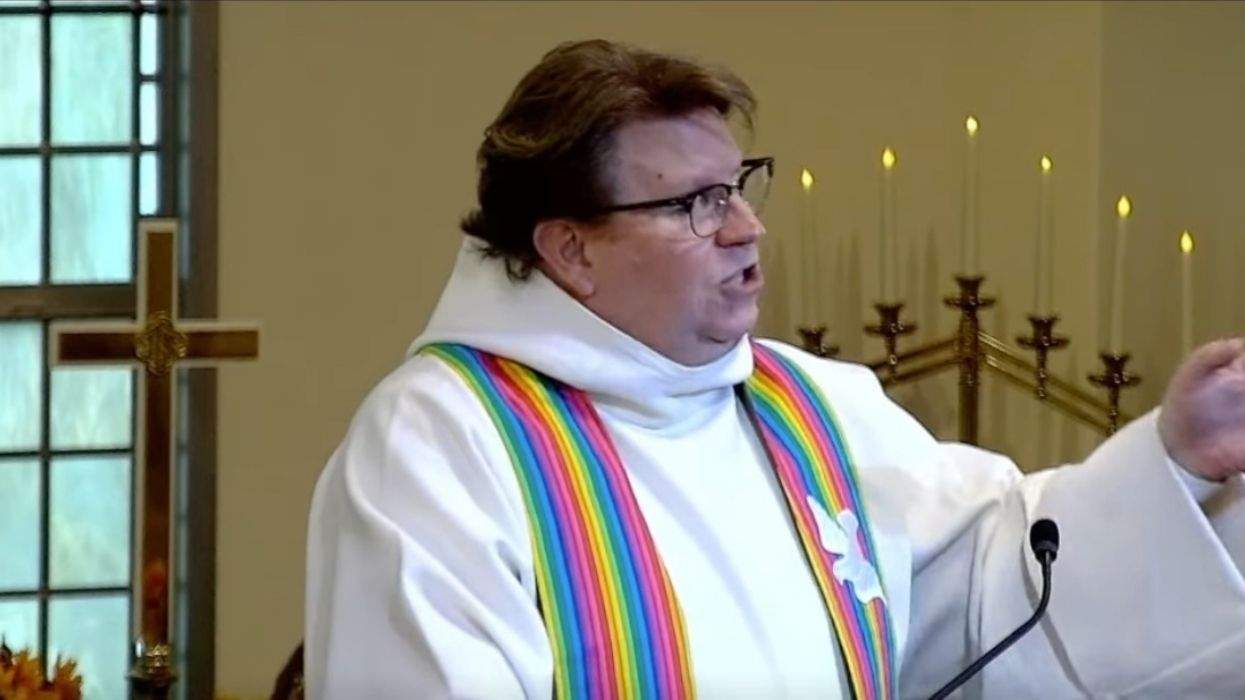
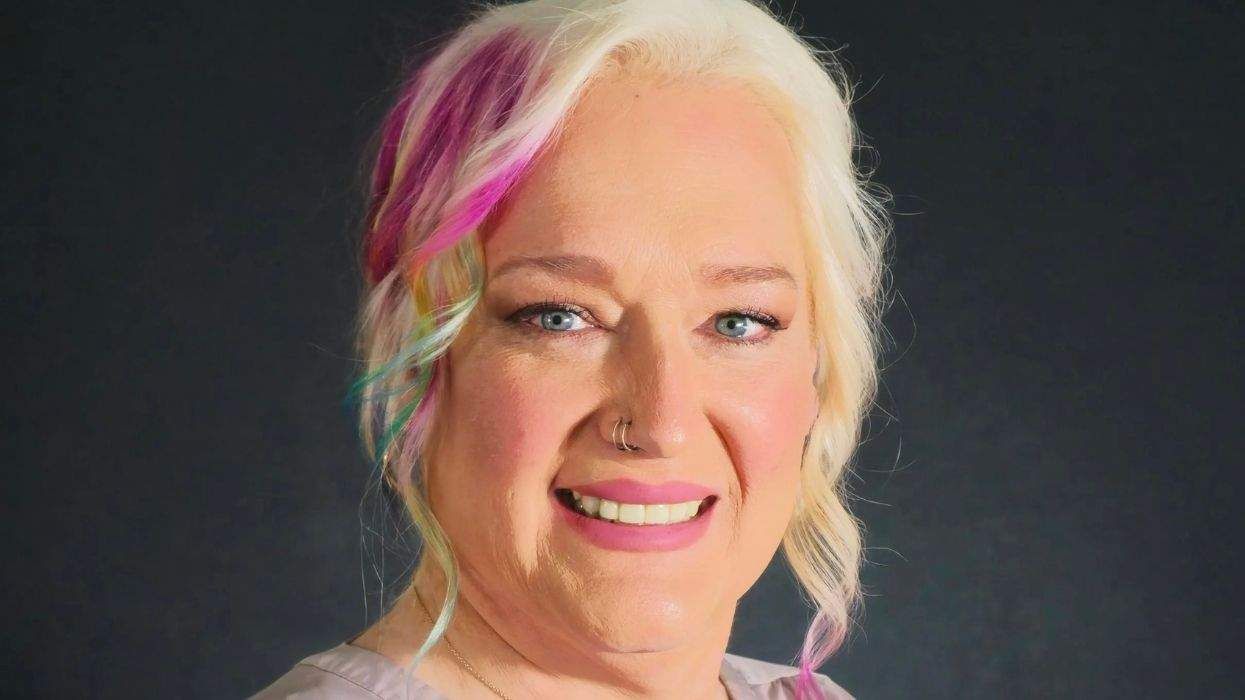
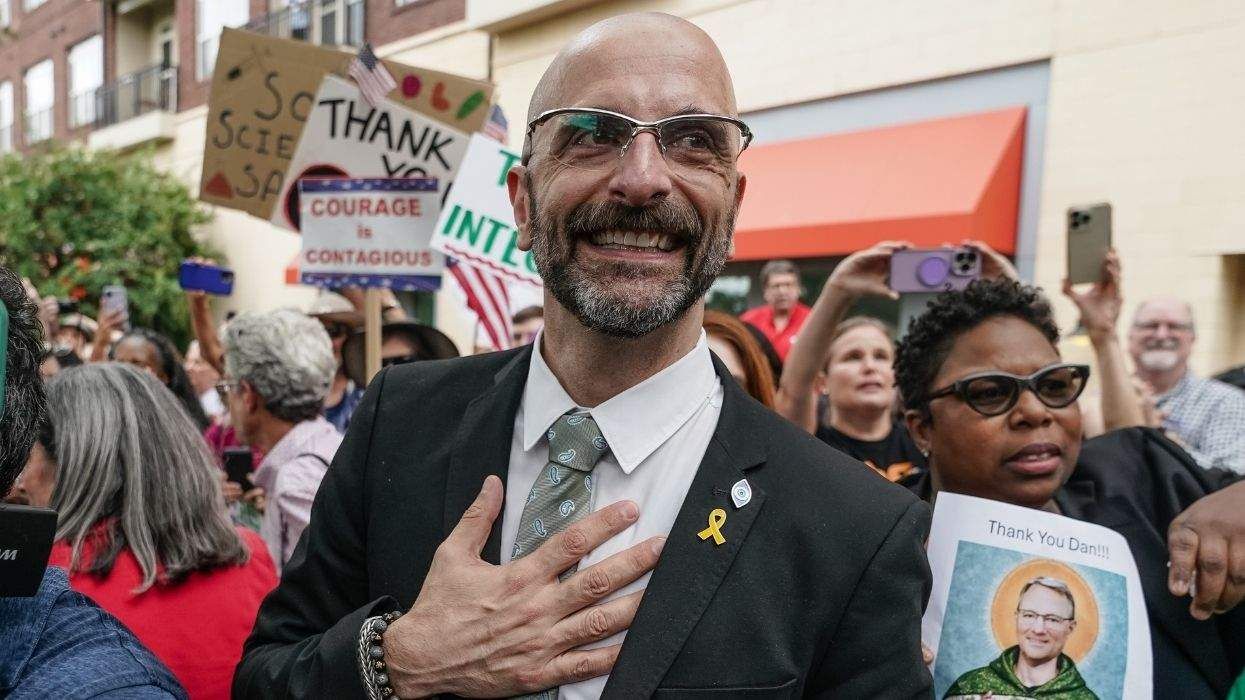
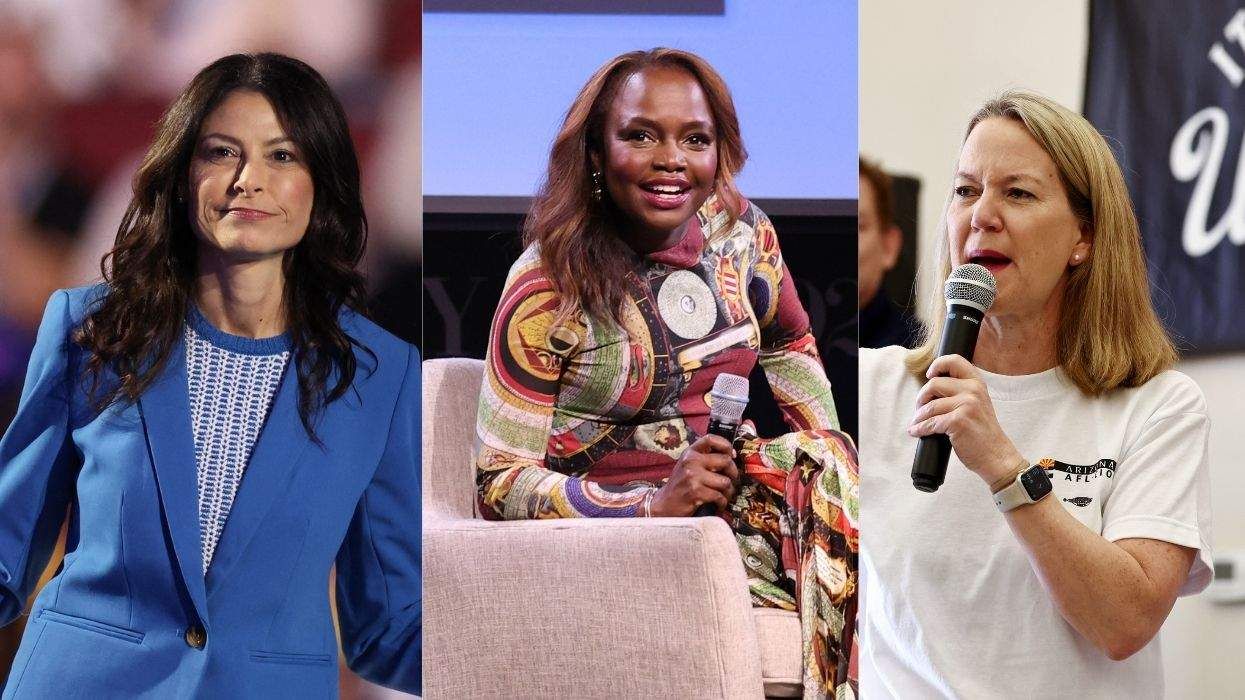
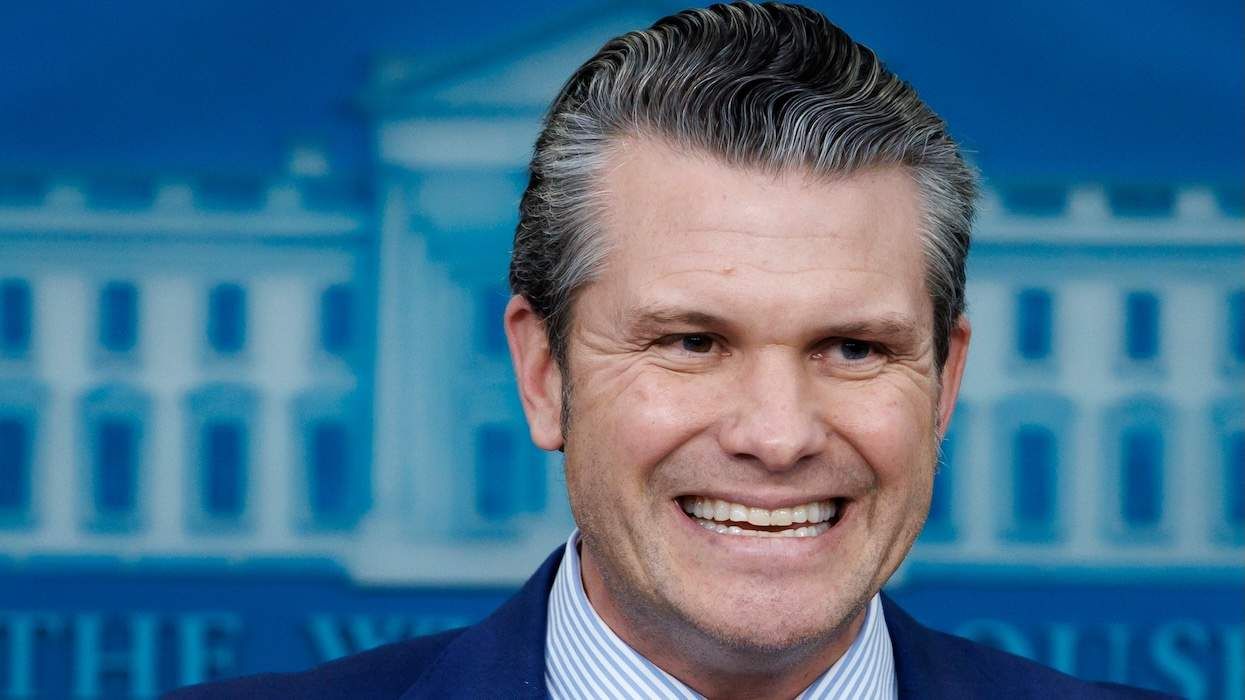
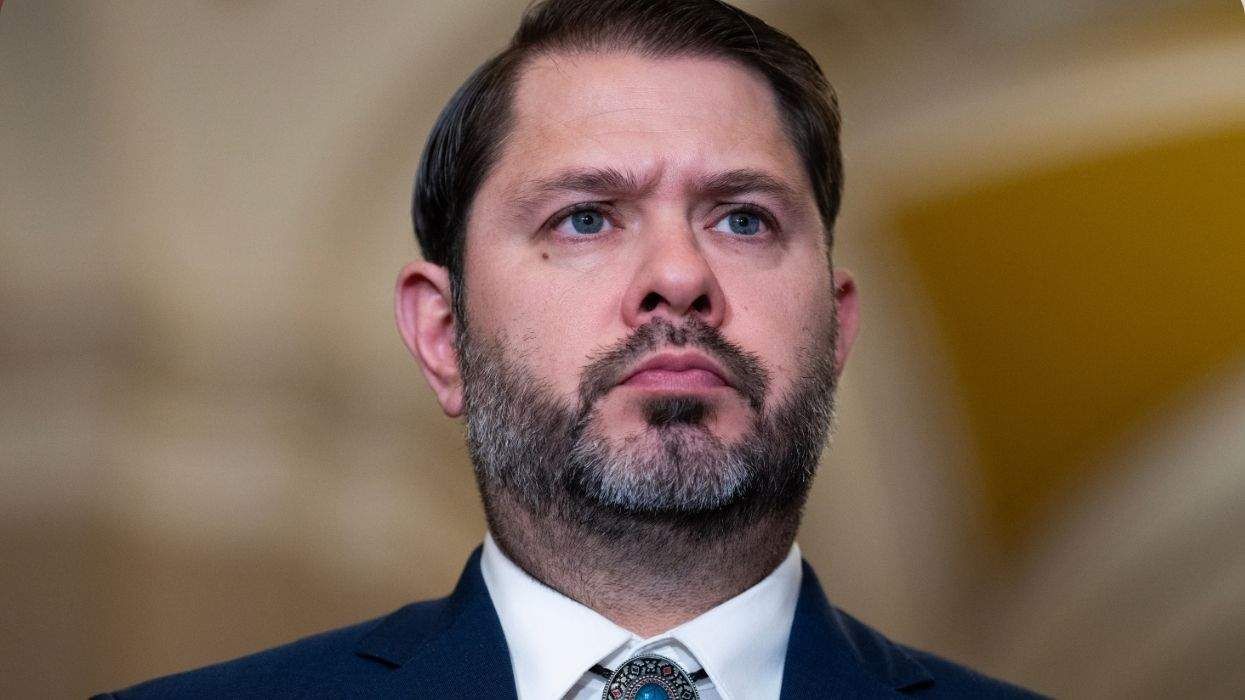

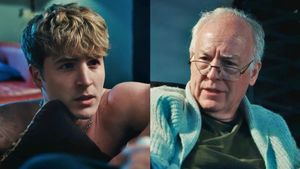

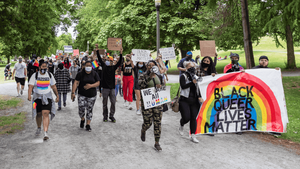

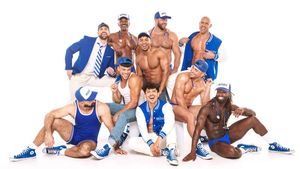
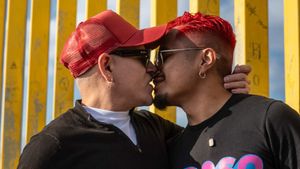

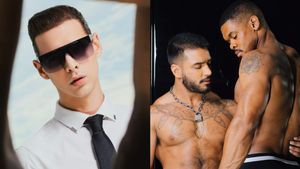
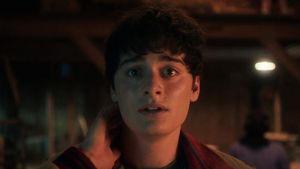
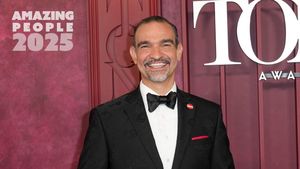
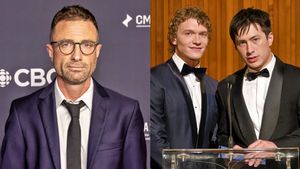
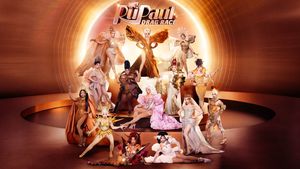
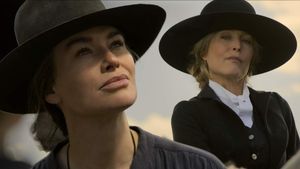
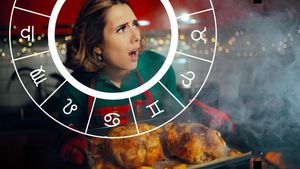
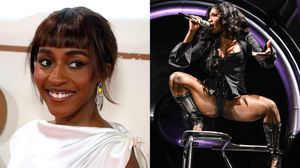

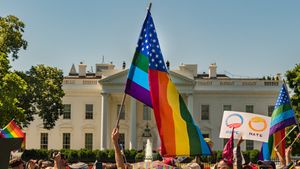
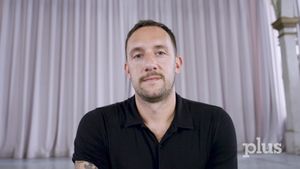
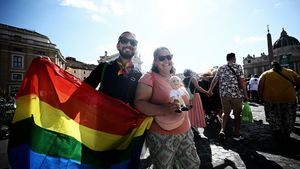
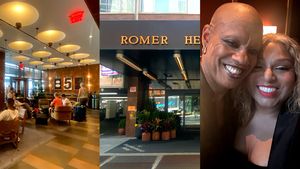
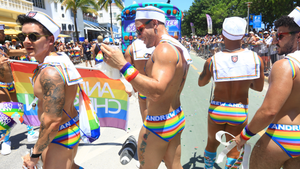
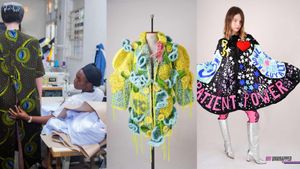

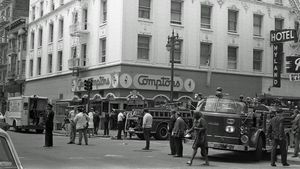
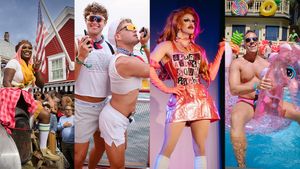



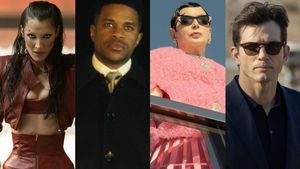
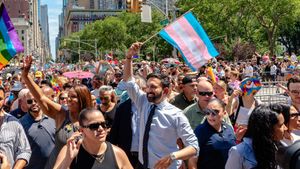
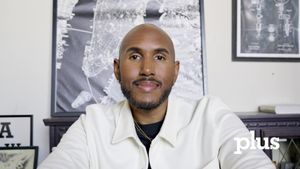




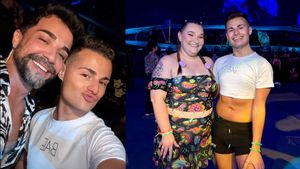


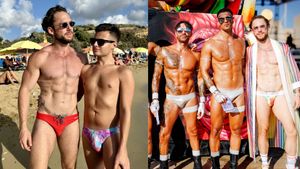
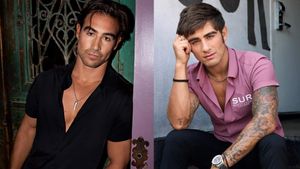

Charlie Kirk DID say stoning gay people was the 'perfect law' — and these other heinous quotes